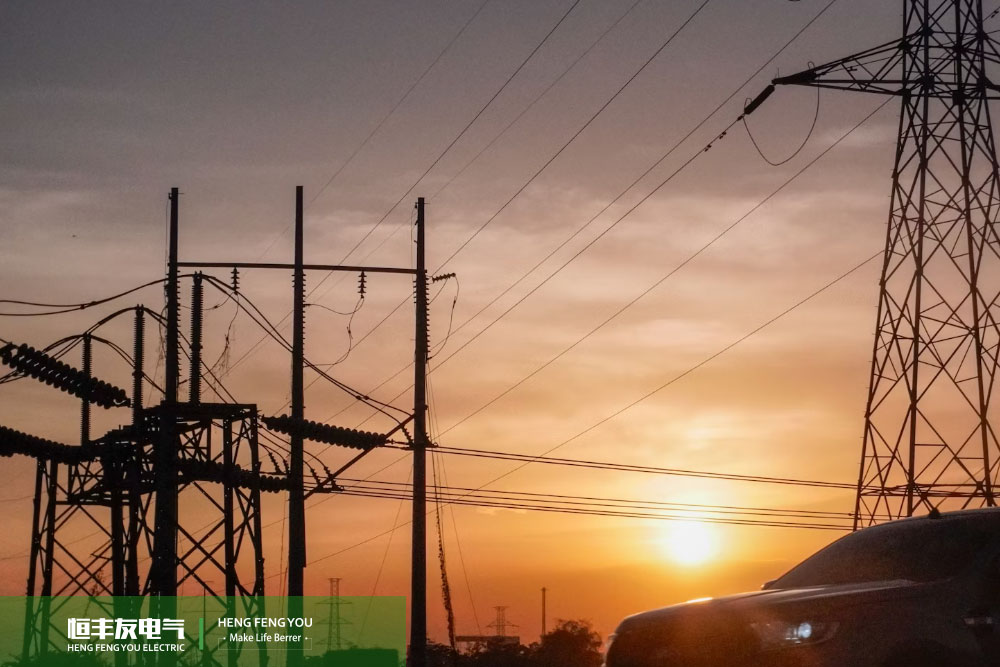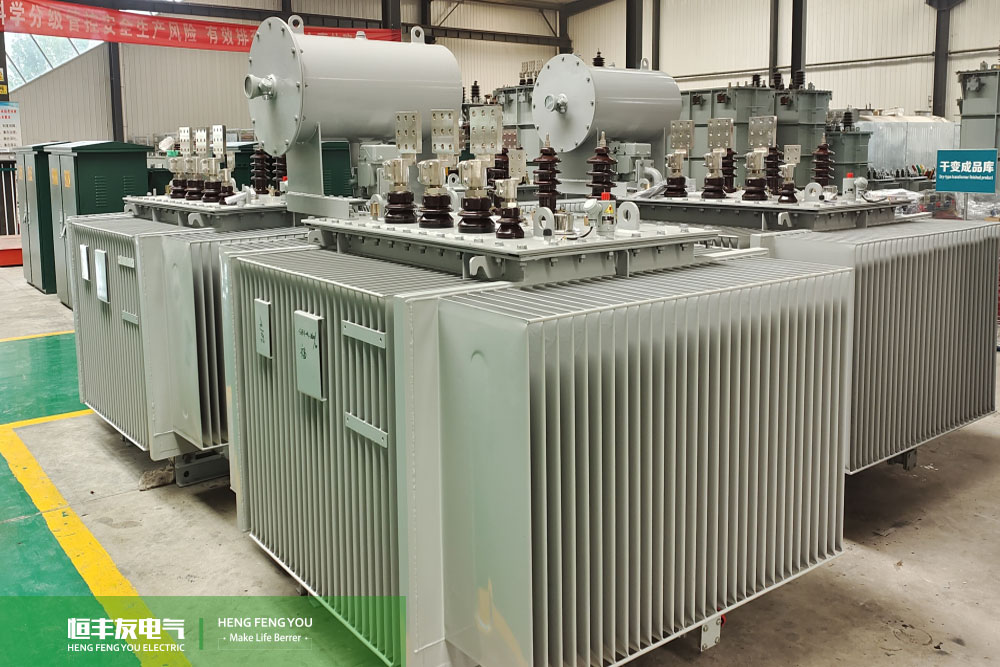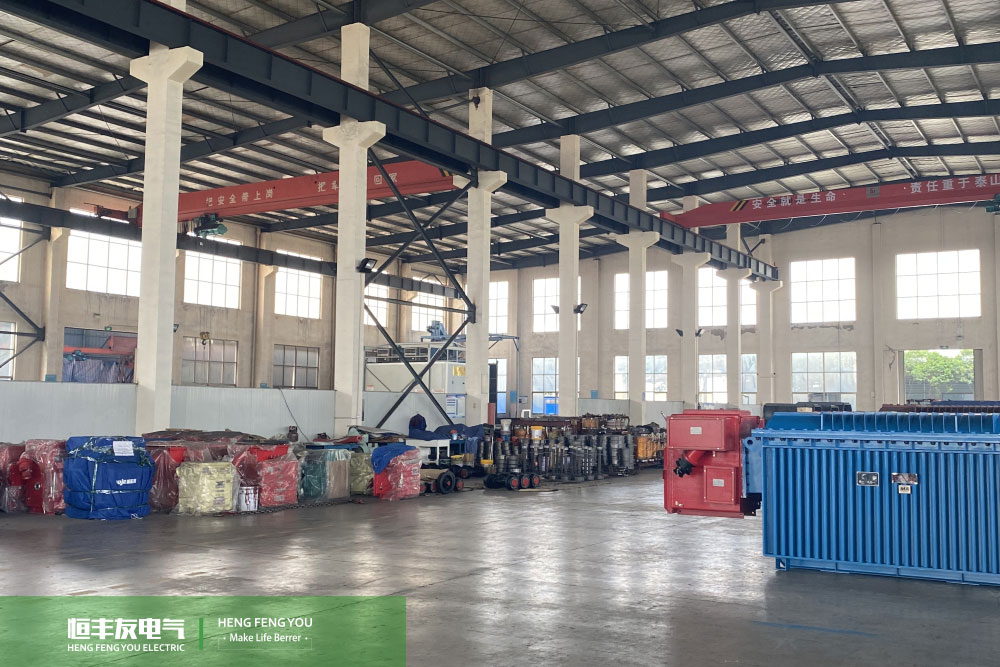The Challenges and Opportunities of the Middle East War on the Global Power Transformer Industry
Writer: Hengfeng you electric Time:2024-10-28 views:times
If Israel's previous attacks on the Palestinian people in Gaza were not enough to be called the 6th Middle East War, then the escalation of the situation between Lebanon and Israel, as well as Israel's second wave of airstrikes against Iran on October 26, 2024, have effectively begun the 6th Middle East War. What impact does the sixth Middle East War have on the global power transformer market? Today, let Martin from Hengfengyou Electric analyze it with you:
I. Firstly, we need to understand which countries are present in the Middle East?
The Middle East generally refers to the West Asia region, consisting of approximately 17 countries. The traditional "Middle East" generally includes Bahrain, Egypt, Iran, Iraq, Israel, Jordan, Kuwait, Lebanon, Oman, Qatar, Saudi Arabia, Syria, the United Arab Emirates, Yemen, Palestine, Cyprus and Türkiye. Among them, except for Israel and Cyprus, they are all Islamic countries. Among these Islamic countries in the Middle East, Türkiye and Iran are non Arab countries.
II. The geopolitical situation in the Middle East continues to be volatile, and frequent conflicts not only have a serious impact on the region's socio-economic development, but also affect multiple aspects of the global economy. Among them, power transformers, as a key component of energy infrastructure, face unprecedented challenges and potential development opportunities in this context.
III. The challenges brought by wars in the Middle East to power transformers
1. The significant increase in raw materials, especially metals such as copper and oil, will have a significant impact on the cost of power transformers, leading to a decrease in procurement of power transformers.
2. Market demand fluctuations: Long term military actions will damage the local power grid facilities in the Middle East, reducing the demand for new equipment in the short term;
3. Increased security risks: Conducting business activities in an unstable political environment poses significant security risks, including but not limited to threats to employee personal safety and increased risks of asset losses.
4. High sea freight rates: Especially with the increase in the safety and frequency of shipping operations, the direct increase in freight costs has kept sea freight rates at a high level, which is unfavorable for global trade.
5. Rising project financing costs: Banks and other financial institutions may tighten credit policies due to concerns about increased default rates, making it more difficult for related projects to obtain funding support. This reduction in projects will inevitably lead to a contraction in demand for power transformers.
IV. Opportunities brought by wars in the Middle East to power transformers
1. Market diversification strategy: Given the vulnerability of a single market to local events, more and more companies like Hengfengyou Electric are realizing the need to diversify risks by exploring emerging markets. Africa, South Asia, Central Asia, Europe, Central America, South Africa and other regions are gradually becoming important economic growth points, providing good opportunities for Chinese brands seeking overseas expansion.
2. Strengthening international cooperation: With the trend of globalization, cross-border cooperation has become increasingly close. Establishing partnerships with other countries and regions to jointly participate in reconstruction projects can not only help disaster stricken countries quickly restore power supply capacity, but also promote technology and experience exchange and sharing among all parties.
3. Future opportunities: In the reconstruction process after the conflict ends, there will be another wave of rapidly growing demand peaks, and this change in demand patterns brings new growth opportunities for power transformer manufacturers.
V. Summary
Martin from Hengfengyou Electric believes that although the wars in the Middle East have brought a series of challenges to the global power transformer industry, they have also given birth to new growth points and development directions. For those enterprises that can flexibly adjust their strategies and grasp the pulse of the times, the complex situation under the current situation may actually become an important opportunity on their transformation and upgrading path.




